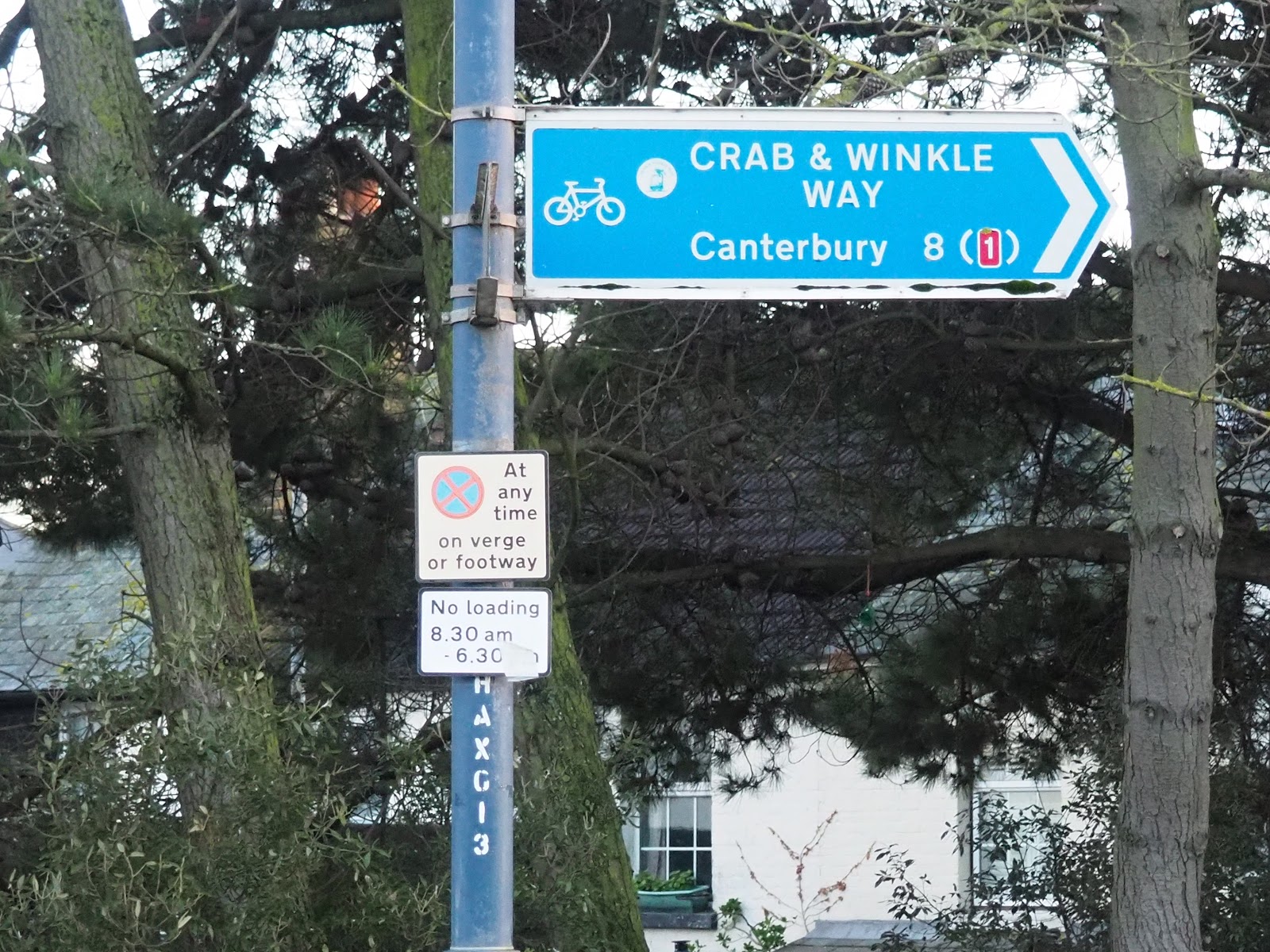If you grew up in Sheffield, as I did, there’s a good chance that many of your formative walking experiences took place in the Peak District. I was going to say it’s ‘just down the road’ from Sheffield, but in fact parts of Sheffield are now actually in the Peak District.
Much of my own walking, often with my dad though sometimes with others, centred around Castleton which is at the head of the Hope Valley – undulating peaks and tors, some of them exhaustingly steep, and pierced by various caverns. There was a local expression, at least in our house, ‘We live in hope but we’ll die in Castleton.’
 |
| PHOTO BY JOHN FINNEY PHOTOGRAPHY |
And at some point as we looked across the Hope Valley we’d see a white industrial conglomeration in the distance. It’s what used to be called The Hope Valley Cement Works, now Breedon Hope Cement Works.
Most observers would think it’s a blot on the landscape, but looking back I can’t believe how unsurprising it seemed. Perhaps this was because wherever you walked in Sheffield you were bound to see industrial sites, mostly concerned with the steel and cutlery industries, so in one sense it was just more of the same. But I’m still surprised by how accepting everybody seemed to be. It was just part of the landscape. I understand there are now two public footpaths that go through the site but if they were there in my day, I certainly wasn’t aware of them.
Only recently did I decide to look into the history a little. The Hope Cement Works opened at 1929, and was extended in 1935-8, against some resistance, not enough to halt the plans but enough for the owners to bring in Geoffrey Jellicoe, architect, landscape architect, town planner and garden designer, and by many accounts one of the great garden theorists, to create some sympathetic landscaping, using waste products from the mining operation, to hide what were essentially two big quarries. This wasn’t until 1942 when – for Pete’s sake – there was a war on, but Jellicoe produced a plan of intent for future quarrying, which held up at least until the 1980s. Jellicoe was born in 1900 lived to be 95

Now, Geoffrey Jellicoe is some way from being an open book to me, though I knew the name, and a little further research revealed thatI’d done more walking in Jellicoe’s footsteps than I’d imagined. For instance, I now know that when I walked around the pedestrianized center of Gloucester I was treading the ‘Via Sacre,’ part of the Jellicoe’s redevelopment plan for the city centre.
I’ve been in Fitzroy Square in London which was pedestrianised in the 1970s, as part of a Jellicoe scheme. I know I’ve been tothe RHS garden at Wisley where Jellicoe designed the Canal Garden, though I can’t say I remember it. And I’ve always been an admirer of the Ben Nicholson (no relation) wall in the Jellicoe-designed garden at Sutton Place, but I’ve only ever seen pictures.
And then, while looking for something quite else on a map of London I spotted something called Jellicoe Gardens, north of Kings Cross and St Pancras stations.
Now, the Jellicoe Gardens weren’t designed by Jellicoe but by Tom Stuart-Smith Ltd who were, and I’ll quote, ‘commissioned by Argent to work with them and the Aga Khan Development Network to design a garden inspired by the early Persian garden traditions, where sunlight, shade and water are balanced to create a place of calm, comfort and quiet reflection.’ A visit seemed to be in order.
That bit of territory around Jellicoe Gardens is now all linked open squares and fresh out of the box architecture, and nearby is Lewis Cubitt Park which seemed a bleak and desolate place on the day of my visit, though you can just about see one or two people walking there.
And as for Jellicoe Gardens themselves, they seemed to be, let’s say, minimalist. I saw exactly one person there, sitting on a bench looking forlorn.
This may be only to say that my visit was in mid-February and not much was growing and thriving as yet, but the place undeniably has good bones. And I really did like the pergola, if that’s the right word, through which you see the zesty modern architecture all around it. A second visit will surely be called for.
To quote Tom Stuart-Smith Ltd again, ‘Inspiration has been taken primarily from the great garden Bagh-e Fin, a traditional Persian garden located in Kashan, Iran. It is on a much larger scale, but the plan is quite similar.’ I can’t say how many visitors to the Jellicoe Gardens know anything about Geoffrey Jellicoe or about Persian Gardens, though since they’re adjacent to the Aga Khan Centre perhaps they may be more familiar with the latter than the former.
On a final not-quite-Jellicoe note, and returning obliquely to thoughts of the Hope Valley, I’ve observed that cement works are curious beasts wherever they are. When I lived in Los Angeles, and I sometimes walked along La Brea Avenue and there amongst the rather fashionable shops and restaurants was another cement works – in its way even more surprising than the one in Hope Valley. This was the CEMEX Hollywood Concrete Plant, which had been in business for over 60 years. It was a magnificent monster of a place covering one and a half acres, although when I mentioned it to Angelenos, most of them had no idea what I was talking about.
In fact I gather there are now plans to build a huge apartment block on the site. I’m not sure whether or not that’s a pity.



































